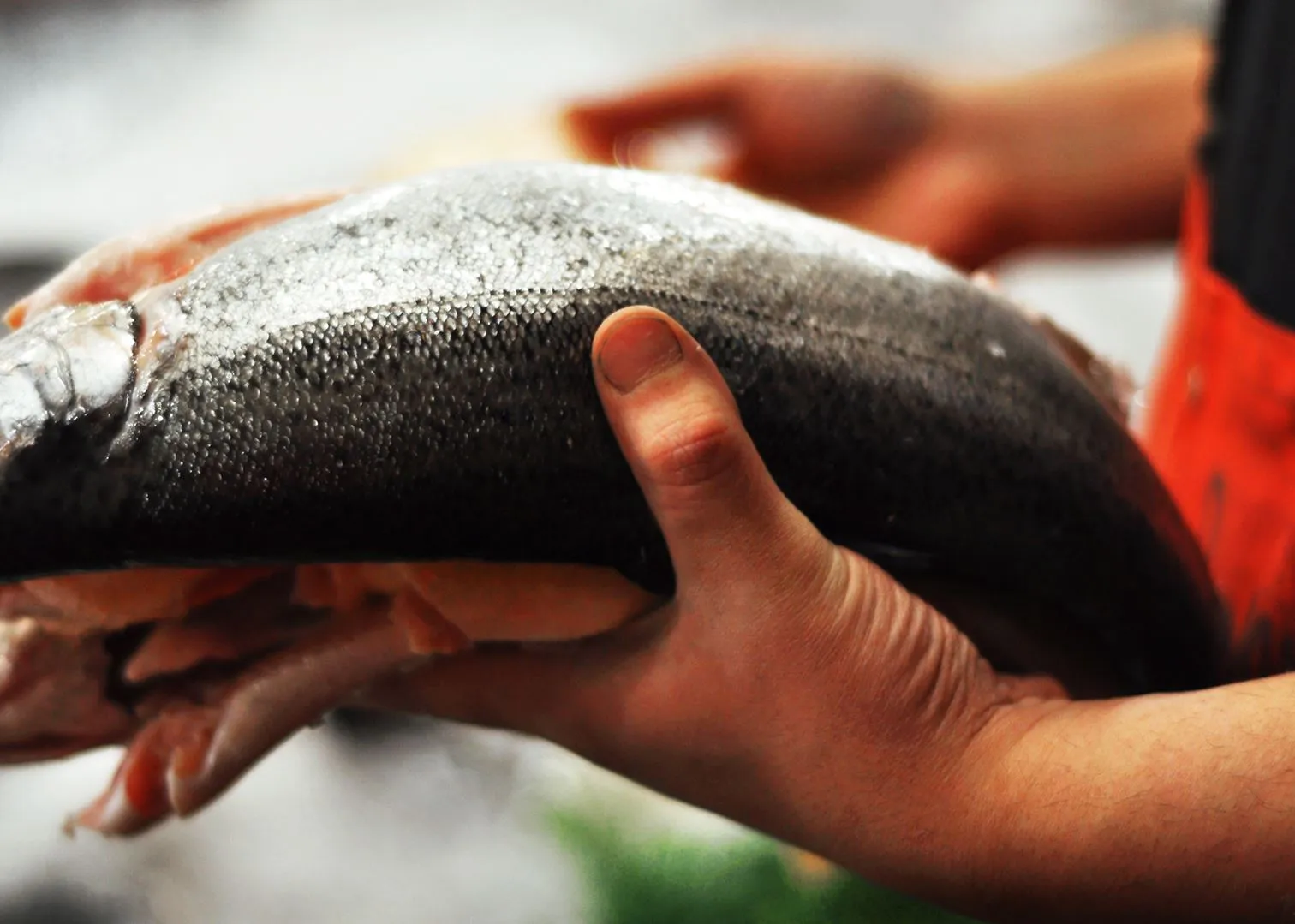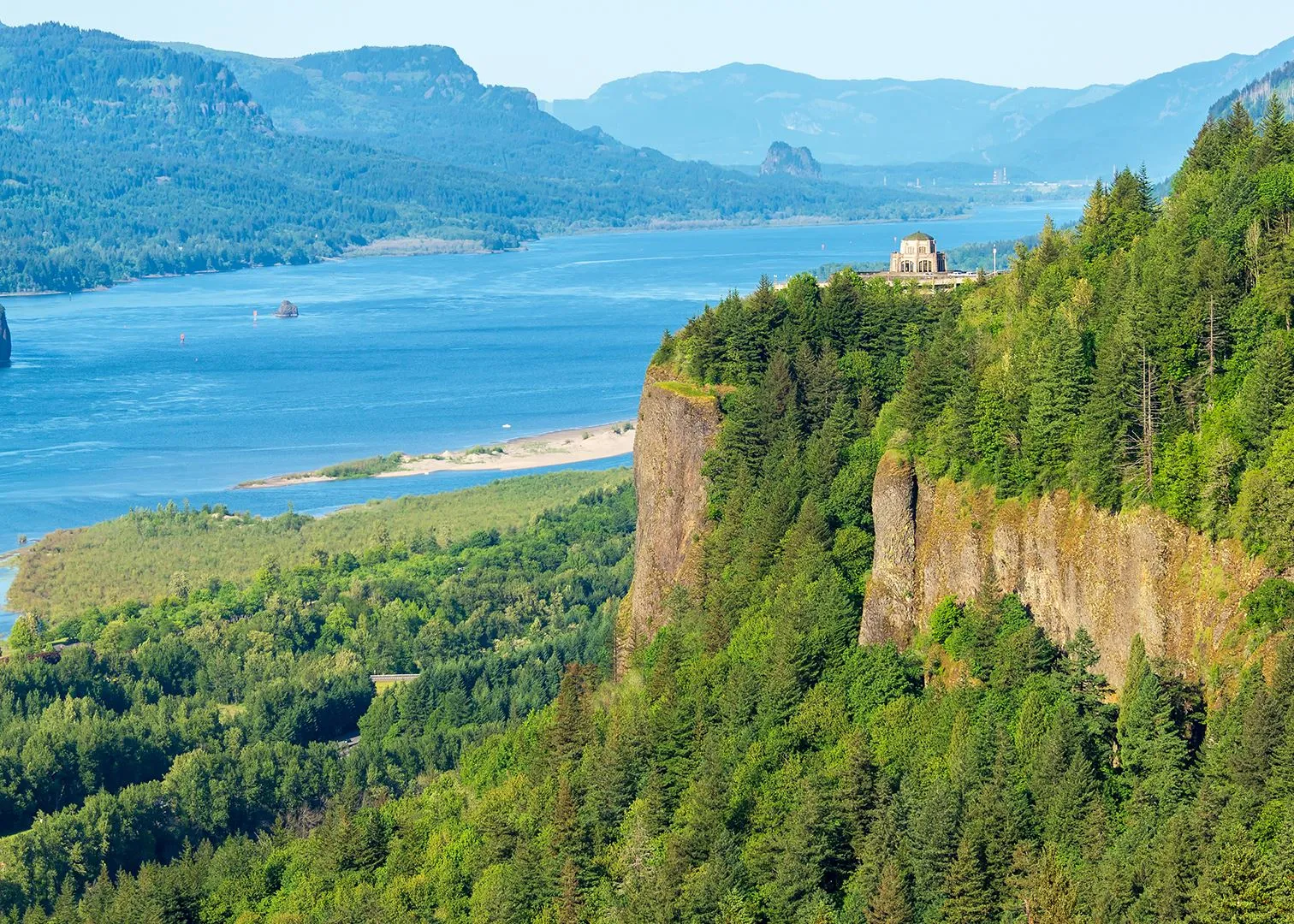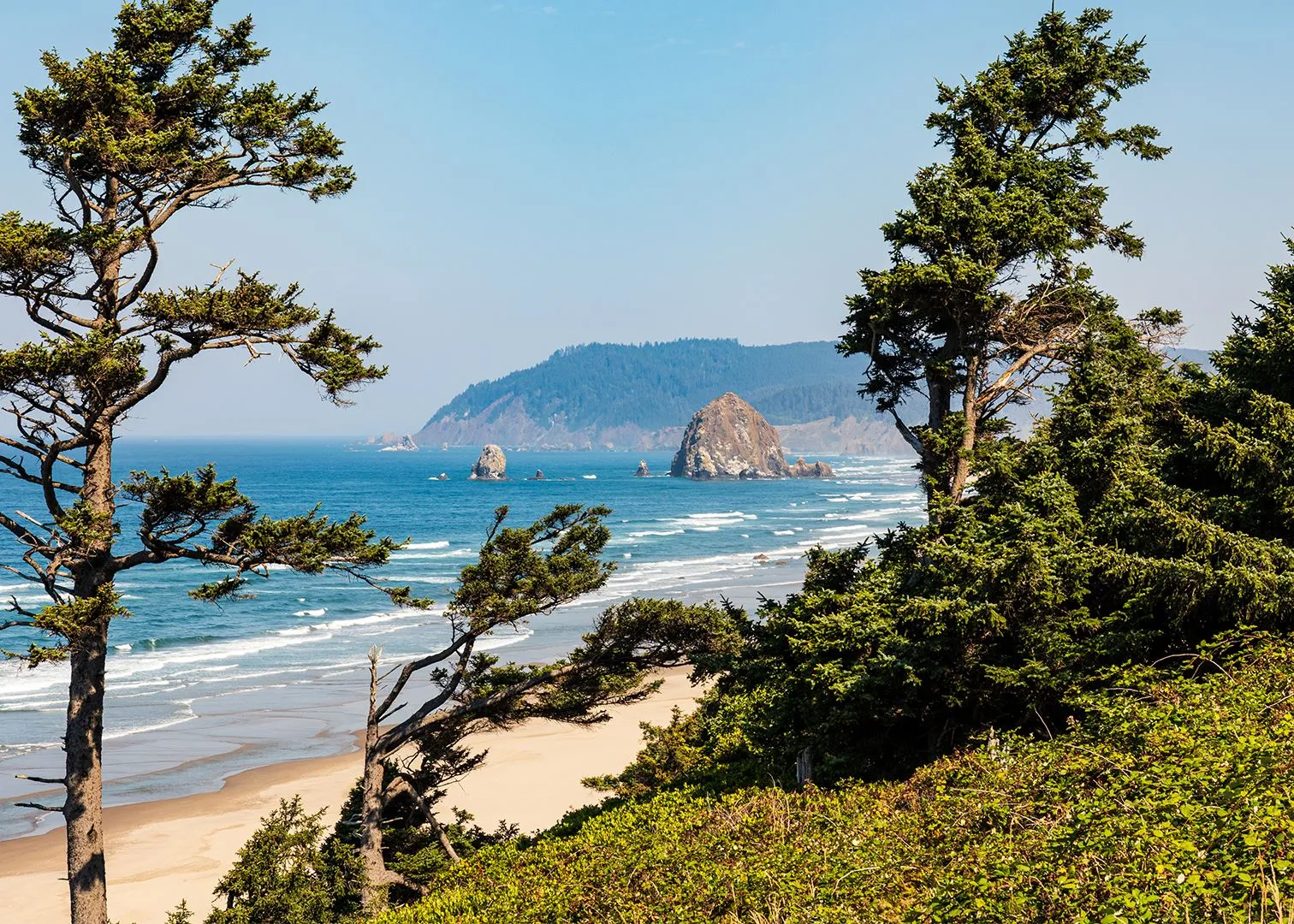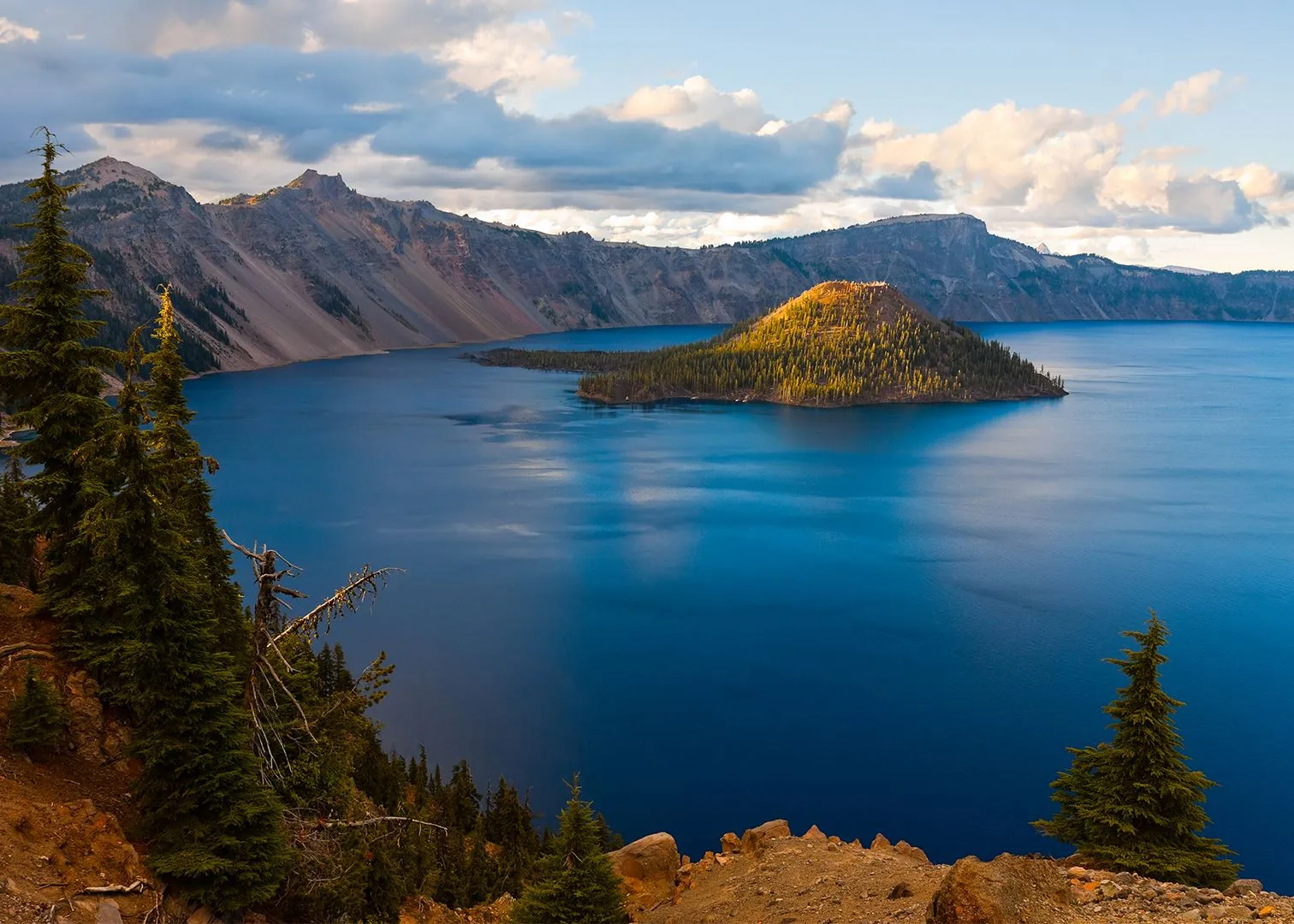The Pacific Northwest, primarily encompassing the states of Oregon and Washington, is a region of stunning natural beauty and vibrant urban centers. From dramatic coastlines and lush rainforests to towering mountains and innovative cities like Seattle and Portland, it offers diverse experiences for every traveler. However, its notorious reputation for rain often leaves visitors wondering about the best time to plan their trip. Choosing the right season can dramatically shape your experience.
Understanding the seasonal variations is key to unlocking the full potential of a Pacific Northwest adventure. Whether you dream of sunny hikes, vibrant fall foliage, cozy city escapes, or wildflower blooms, timing your visit is crucial. This guide breaks down what each season offers, helping you find the perfect window to explore this captivating corner of the United States.
Understanding the Pacific Northwest Climate
The climate of the Pacific Northwest is characterized by distinct seasons, heavily influenced by the Pacific Ocean and the Cascade Mountain range. The region is famous for its wet winters and dry, warm summers, particularly west of the Cascades. Eastern parts experience more temperature extremes and less rainfall.
While the “rainy season” is often highlighted, it primarily affects the period from late fall through spring. Summers are typically dry, sunny, and pleasant. Temperatures vary significantly depending on elevation and proximity to the coast or mountains.
Spring in the Pacific Northwest: Blossoms and Thaw
Spring, generally from March to May, sees the Pacific Northwest shake off its winter rain. While still prone to showers, especially in March, April and May bring increasingly longer dry spells and warmer temperatures. Wildflowers begin to bloom, and the landscape turns a vibrant green.
Crowds are generally lower than in summer, making it a good time for city exploration in Seattle and Portland. Hiking trails in lower elevations begin to open up, though mountain trails may still be snow-covered. It’s a season of renewed life, perfect for witnessing nature’s awakening and enjoying a mix of indoor and outdoor activities before the peak season rush.
Summer: The Peak Season to Visit Pacific Northwest
Summer, from June to August, is arguably the most popular time to visit. This is when the region experiences its driest and warmest weather. Days are long, sunny, and ideal for outdoor adventures. Temperatures are comfortable, rarely reaching extreme heat, especially along the coast.
All hiking trails, including those in Olympic National Park and around Crater Lake, are accessible. The Oregon coast is popular, though it can be windy. City parks, outdoor markets, and festivals are in full swing. However, this popularity comes with higher prices, larger crowds, and the potential for wildfire smoke, particularly in late summer. If sunshine and maximum accessibility are your priorities, summer is your best time to visit Pacific Northwest.
 Pike Place MarketA sunny day at Pike Place Market in Seattle, illustrating ideal summer conditions for exploring the city and its famous market.
Pike Place MarketA sunny day at Pike Place Market in Seattle, illustrating ideal summer conditions for exploring the city and its famous market.
Fall: Colors, Harvest, and the Best Time To Visit Pacific Northwest for Many
Fall, from September to November, is a favorite time for many locals and return visitors. September often extends the warm, dry weather of summer. As October progresses, temperatures cool, and the characteristic Pacific Northwest rain begins to return. However, the landscape transforms with stunning fall foliage, particularly in areas like the Columbia River Gorge.
Crowds thin out significantly after Labor Day. It’s a fantastic time for scenic drives along the Oregon coast or through wine country near the Hood River, coinciding with the grape harvest. Hiking remains excellent until the heavy rains or snow begin at higher elevations. If you value beautiful scenery, fewer people, and mild temperatures (with a chance of rain), fall might be your Best Time To Visit Pacific Northwest.
 Columbia River Gorge, Northwest USAFall colors beginning to show in the scenic Columbia River Gorge, a popular spot for autumn drives and hikes in the Pacific Northwest.
Columbia River Gorge, Northwest USAFall colors beginning to show in the scenic Columbia River Gorge, a popular spot for autumn drives and hikes in the Pacific Northwest.
Winter: Cozy Cities and Snow Adventures
Winter, typically from December to February, is the wettest season, especially in coastal and lowland areas. Cities like Seattle and Portland experience frequent, though usually light, rain. Temperatures are cool but rarely drop far below freezing at sea level.
While rain might deter some, winter offers unique experiences. It’s the prime season for skiing and snowboarding in the Cascade Mountains. City attractions, museums, and the renowned food scene are less crowded. The coast can be dramatic with stormy seas, perfect for storm watching from a cozy lodge. Prices are generally lower, making it the most budget-friendly time. For snow sports or a relaxed city break focused on indoor culture and cuisine, winter is the Best Time To Visit Pacific Northwest.
Choosing Your Best Time To Visit Pacific Northwest Based on Interests
Planning Your travel to las vegas nevada
Plan Your Perfect Mackinac Island Vacation – Your Essential Guide
Exploring Cities In Las Vegas – Uncovering Nearby Wonders 2025
The ideal timing depends heavily on what you want to do:
- Hiking & National Parks (Olympic, Crater Lake): Summer (June-Sept) offers the best trail access and weather, but expect crowds. Early Fall (Sept-Oct) is also excellent with fewer people, though some high-elevation trails might close later. Spring (Apr-May) is good for lower trails.
- Coastal Drives & Beaches (Oregon Coast, Ruby Beach): Summer is sunniest but busiest. Fall and Spring offer dramatic skies and fewer crowds (be prepared for rain). Winter is best for storm watching.
- City Exploration (Seattle, Portland): Enjoyable year-round. Summer has the best weather for walking and outdoor events. Fall and Spring are pleasant with fewer tourists. Winter is ideal for indoor attractions and the cozy cafe culture, despite the rain.
- Wine Tasting (Hood River): Fall coincides with harvest and is a beautiful time. Wineries are open year-round.
- Avoiding Crowds: Fall, Winter, and Spring offer a more tranquil experience compared to peak summer.
- Best Weather: Summer (July-August) is statistically the driest and warmest.
- Fall Colors: Mid-October is typically peak season for foliage in the Gorge and other inland areas.
 Haystack Rock and Cannon Beach, Pacific Northwest, USAIconic Haystack Rock at Cannon Beach on the Oregon coast, a highlight for scenic drives and walks during the Best Time To Visit Pacific Northwest for coastal views.
Haystack Rock and Cannon Beach, Pacific Northwest, USAIconic Haystack Rock at Cannon Beach on the Oregon coast, a highlight for scenic drives and walks during the Best Time To Visit Pacific Northwest for coastal views.
Packing Essentials for the Pacific Northwest
Regardless of when you visit, packing layers is essential. Even in summer, evenings can be cool. A waterproof jacket is highly recommended, especially outside of July and August. Comfortable walking shoes are a must, whether you’re exploring city streets or hiking trails. Sun protection is important in all seasons when the sun is out.
Conclusion
There’s no single definitive Best Time To Visit Pacific Northwest; it truly depends on your preferences and priorities. Summer offers reliable sunshine and full access to outdoor activities, albeit with crowds. Fall provides beautiful scenery and fewer visitors. Spring brings blooming landscapes and milder temperatures. Winter caters to snow sports enthusiasts and those seeking a cozy, less crowded urban escape. By considering what you want from your trip and understanding the seasonal patterns, you can choose the perfect time to experience the unique charm of this incredible region.
 Crater LakeThe exceptionally blue waters of Crater Lake, typically best visited during the drier summer and early fall months in the Pacific Northwest.
Crater LakeThe exceptionally blue waters of Crater Lake, typically best visited during the drier summer and early fall months in the Pacific Northwest.
